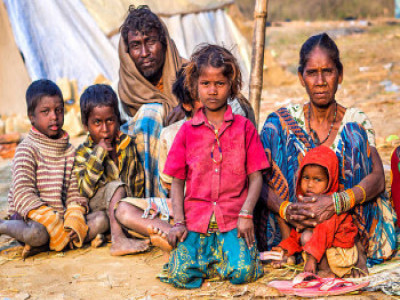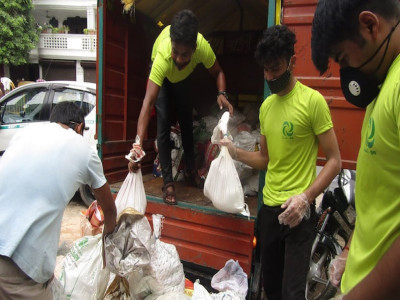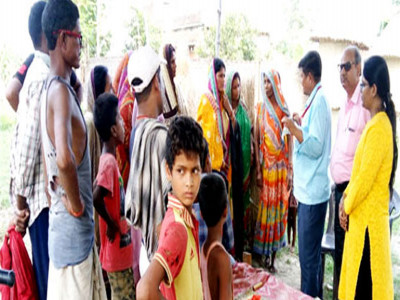
POVERTY AND INEQUALITY IN INDIA - STATISTICS FACTS
Poverty is defined as the state of not having sufficient income or material possessions such as food, clothing, and shelter to cover a person’s basic needs. Poverty remains one the India’s gravest social and economic challenges, despite its growing economy. In India, poverty is measured based on a methodology devised by the planning commission called the Tendulkar methodology. This emphasizes measuring poverty in terms of consumption or spending over a certain time period. Further, each state in India has its own poverty threshold which determines the population living below the poverty line.
Pandemic induced poverty and inequality
The COVID-19 pandemic forced India into its deepest ever economic trench post-independence. According to an estimate by the World bank in 2017, over 20 percent of the country’s population lives in extreme poverty. This is defined by a person living on less than 1.90 US dollars a day. Despite the fact that the stock market recovered from its initial dip by over 75 percent in the past year, thereby affording rise in employment and economic development within the country, a large share of India’s middle class has been pushed back to living below the poverty threshold. At the same time, those already living below the poverty threshold have likewise been hit by the downturn pushing them into absolute or extreme poverty. By contrast, the rich have gotten richer during the pandemic, further exacerbating India’s existing inequality problem. Since India’s economy started growing post-independence, there has been a correlation between an increase in inequality relative to wealth and income measured by the Gini coefficient. However, this does not mean that development has not benefited the country despite increasing inequality. Since the 1990s, the share of people living below the poverty line has dramatically decreased to almost half. This can directly be attributed to economic development and a higher GDP.





